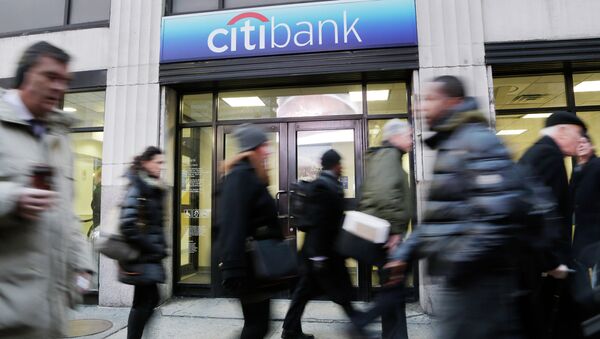There are less large banks reserving money for litigation expenses in another positive development for the industry, the FDIC observed, whilst a total of 6,058 banks currently insured by the FDIC, saw their earnings rise to $43.6 bln in 2Q16 compared to $43 bln a year ago.
Total lending rose by 1.5pc, or $241 bln, in Q2 as home sales accelerated amidst the gains in property value, the FDIC said. Another development is more controversial: credit card balances expanded as well, enhancing the bank's balance sheets, but also stirring concern over the health of the economy. Loan to non-bank lenders also posted gains.
"Income and revenue both increased from a year ago, loan growth remained strong, the number of unprofitable banks was at an 18-year low, and there were fewer banks on the problem list," Martin Gruenberg, Chairman of the FDIC, said.
In their data breakdown the FDIC explained the gains in earnings as attributed to a $5.2 bln gains in net interest income, and a $981 mln decline in litigation costs. Loan-loss provisions (reserves to address potential non-performing loans, NPLs) in major banks increased by 44 percent to $3.6 bln year-on-year due to a rise in credit delinquencies across many sectors of the lending industry. Energy industry is most prominently at risk due to the low oil prices affecting the sustainability of many heavily-indebted small-cap energy companies.
"Banks are still operating in a challenging environment," Gruenberg noted. "Net interest margins and return on assets remained low by historical standards, noncurrent commercial and industrial loans increased, and loan charge-offs rose for a third consecutive quarter."
Worryingly, the amount of commercial and industrial credit delinquencies rose 8.9 percent to $2.1 bln in late payments on loan servicing. The consumer segment has also been stirring concern since 2015 as stagnant wages and insufficient job market flexibility hinder consumer loan servicing.
Community banks performed better than the industry average in Q2, the FDIC observed, with 5,602 smaller lenders having posted a 7.1 percent year-on-year increase in their net operating income, at $22.8 bln.
"We likely have not yet seen the full impact of low energy prices on the banking industry," Gruenberg noted, however, with FDIC expecting some negative developments to impact lending in the short-to-medium-term.
Separately, the FDIC reported the largest US lenders have increased their insurance trust payments as part of the Dodd-Frank reform. The insurance fund reserve ratio is calculated as the fund balance as a percent of estimated insured deposits. The figure rose to 1.17pc in Q2, its highest in over eight years.
As the precautionary measures are gaining traction in the US banking industry, the outlook on potential acceleration in lending remains contained amid the slow economic growth.





